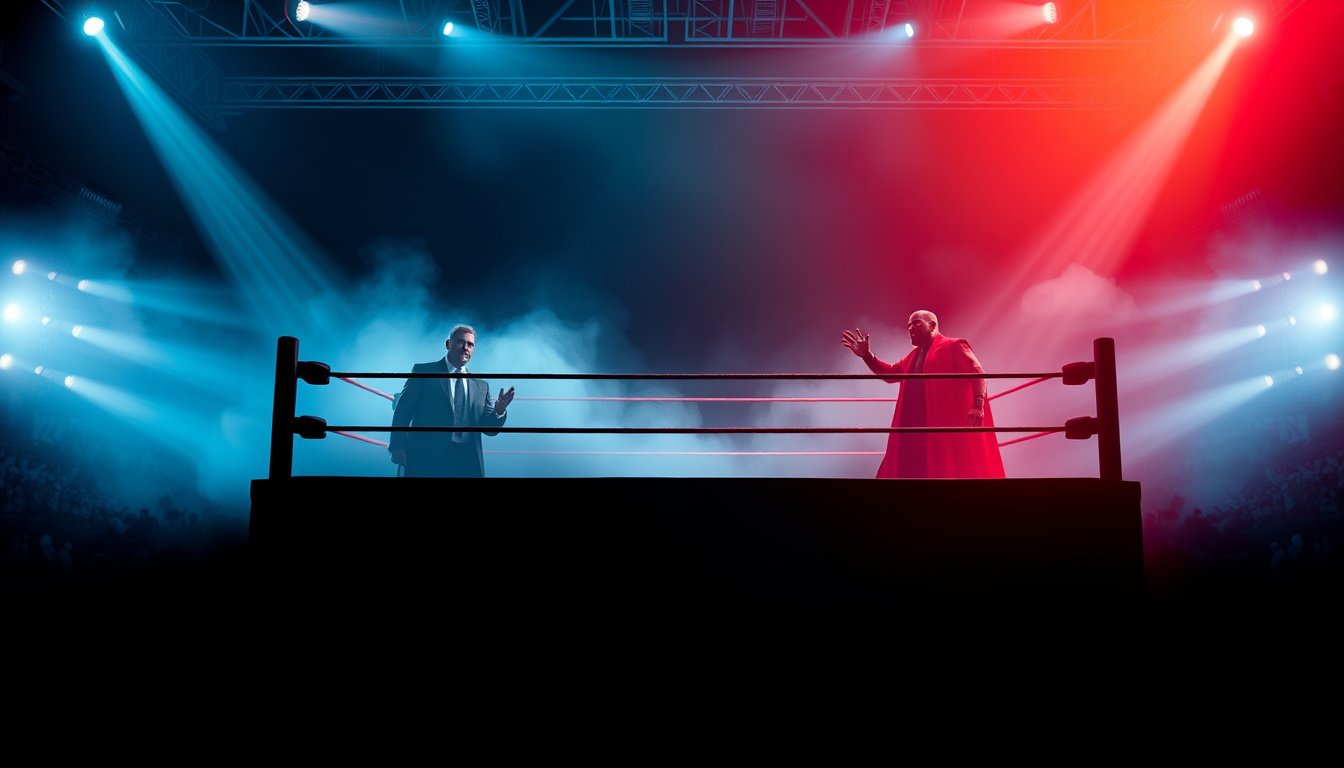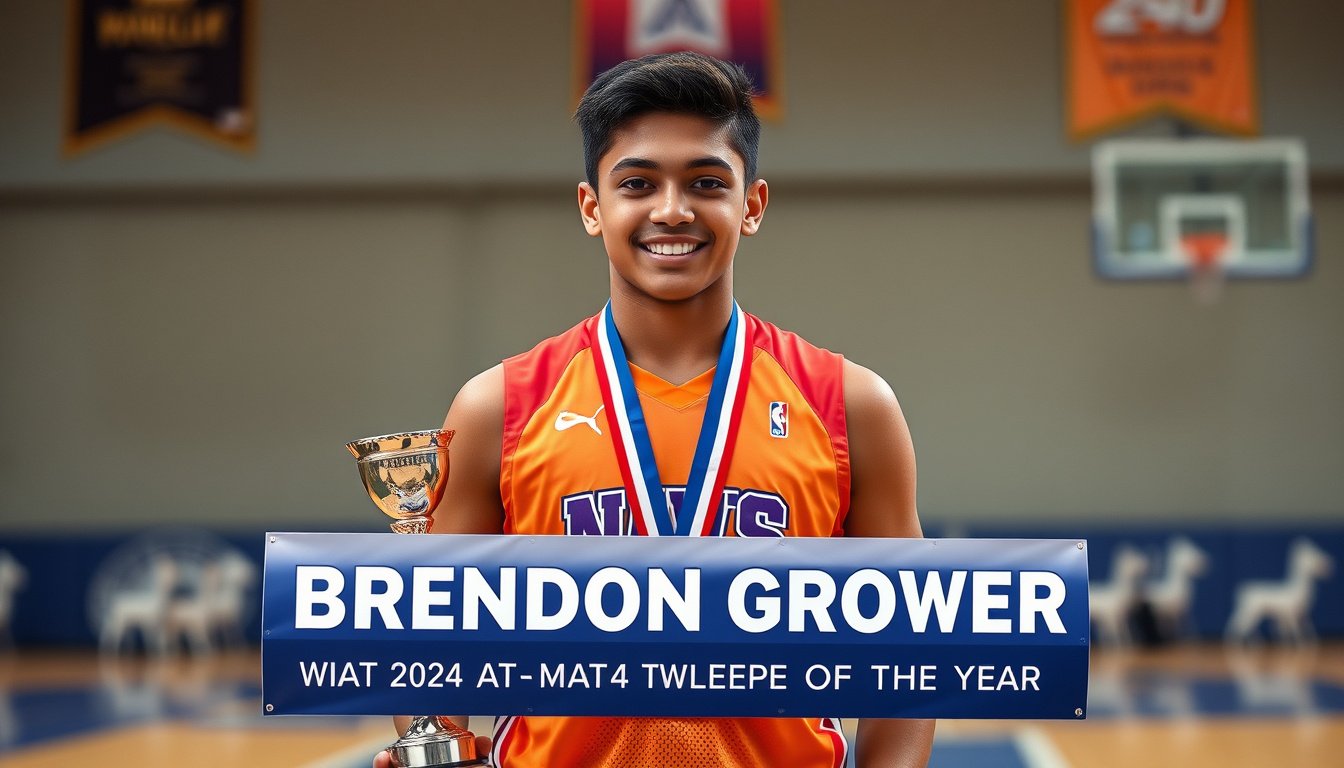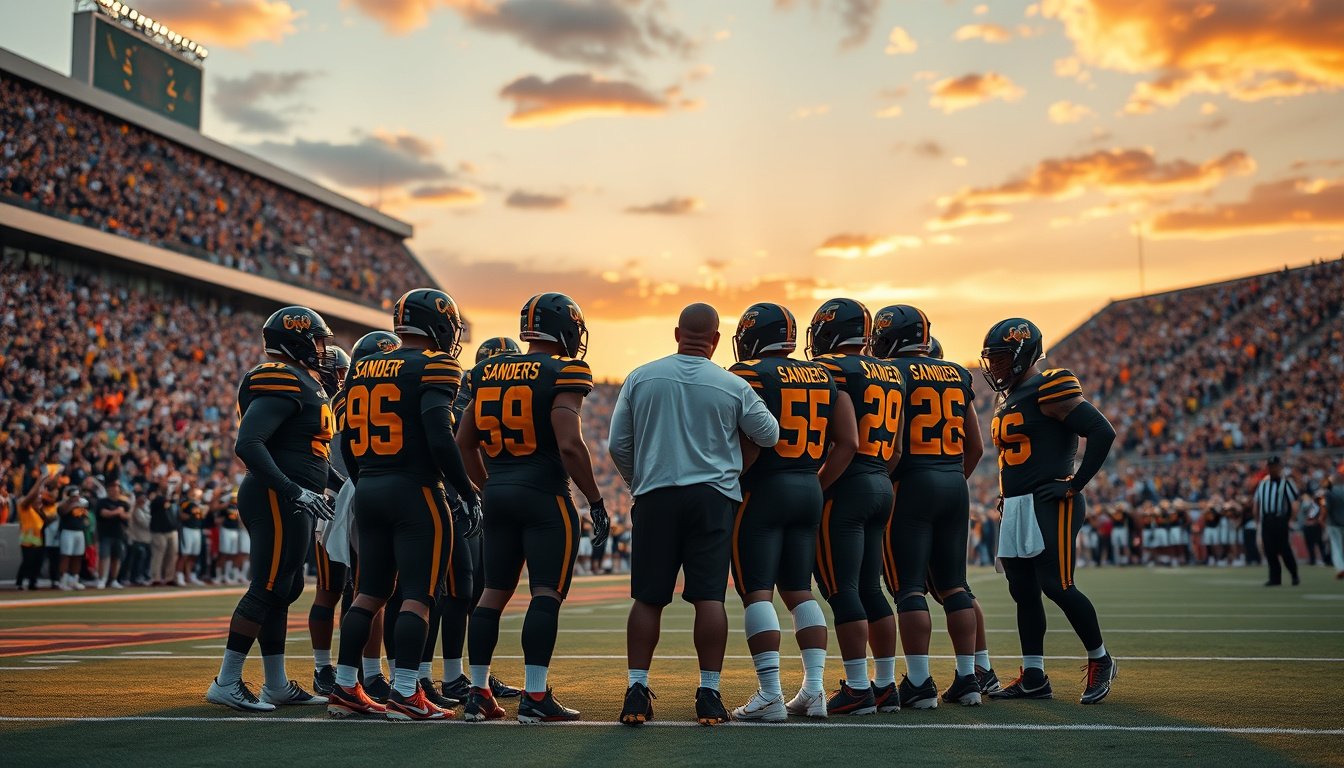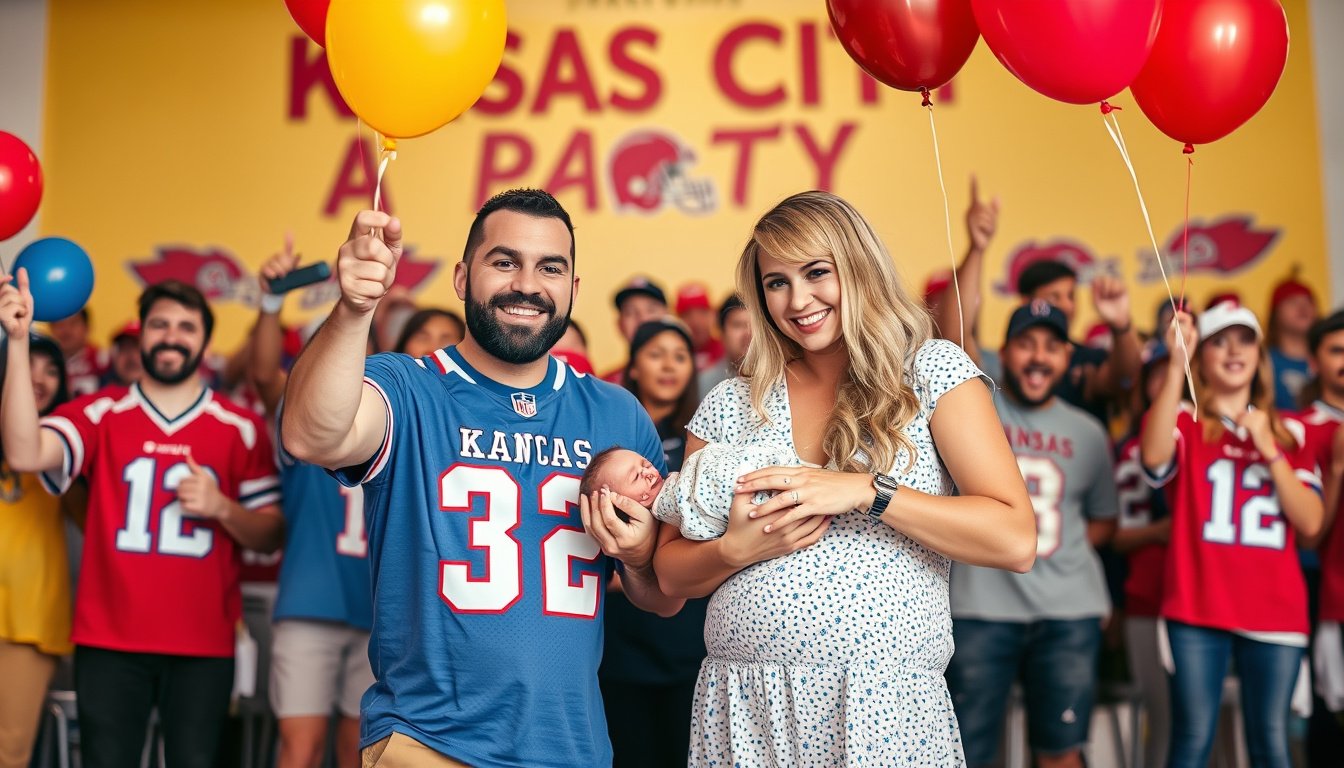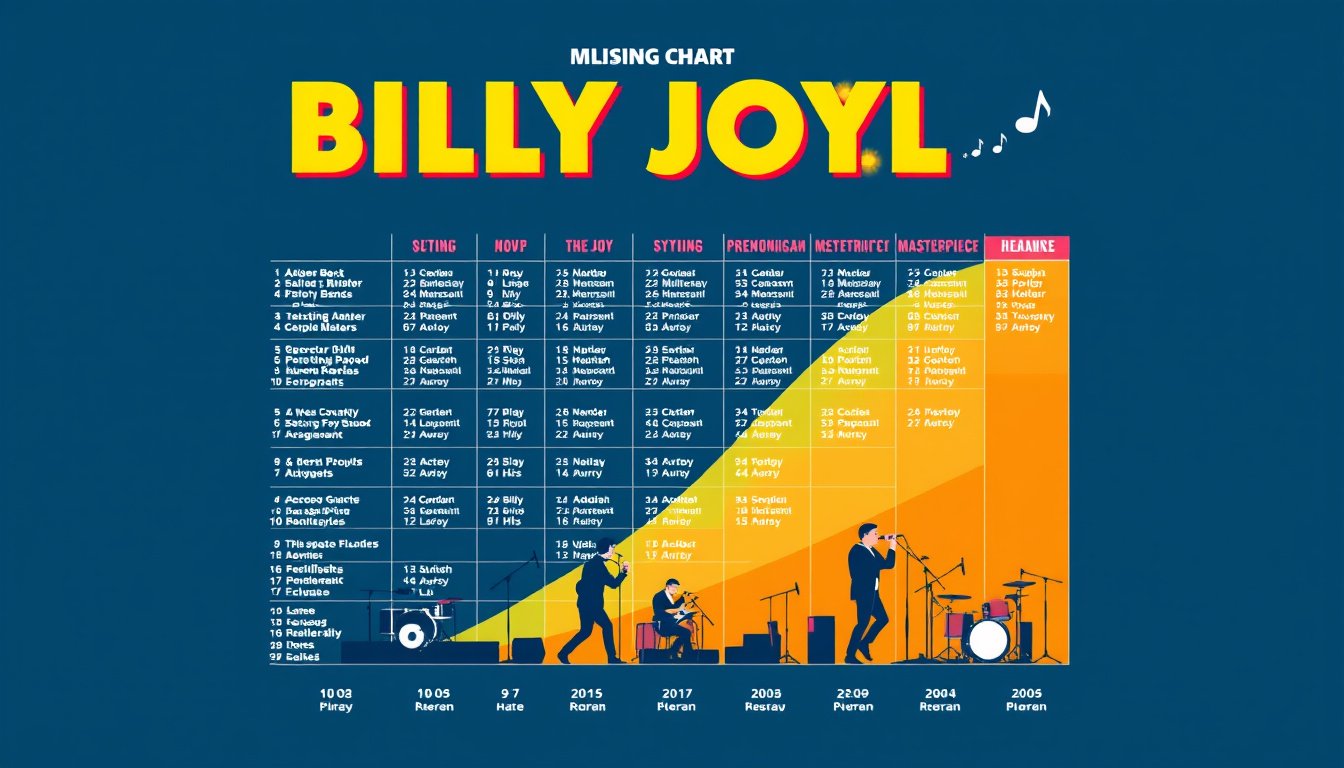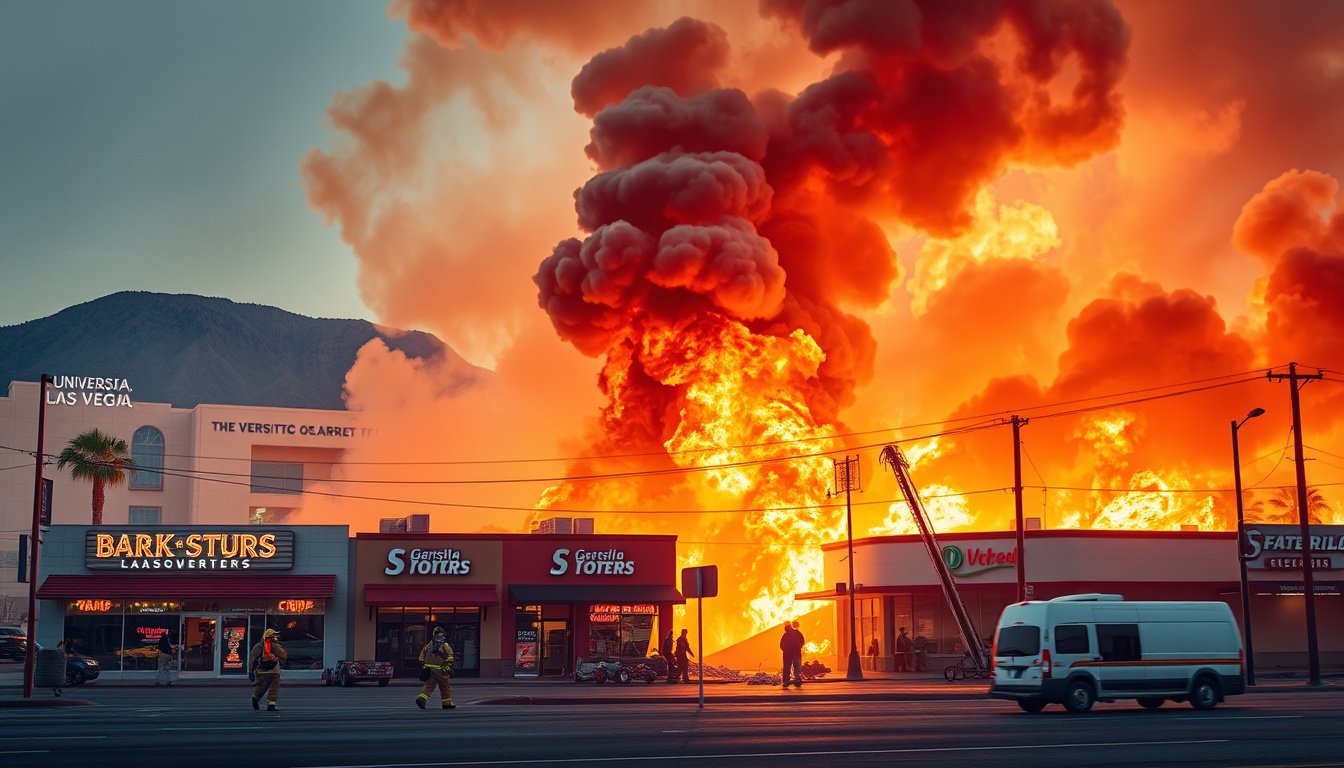MetLife Stadium in New Jersey, a renowned venue shared by the NFL’s New York Giants and New York Jets, came under scrutiny after hosting its first match of the FIFA Club World Cup this summer. The pitch conditions drew criticism from players and coaches alike during the goalless draw between Brazilian side Palmeiras and Portuguese club FC Porto.
The concerns spotlighted the challenges of converting a stadium typically outfitted with synthetic turf into one equipped with natural grass—an essential requirement for FIFA tournaments this year and next summer’s men’s World Cup, which will be jointly hosted by the United States, Canada, and Mexico. The grass used was a warm-season variety cultivated at Tuckahoe Turf Farms, known for also providing turf for the upcoming World Cup, a choice FIFA made after extensive research into local climate adaptability.
Despite these preparations, multiple voices raised issues. Palmeiras’ young star Estevao, named man of the match, noted the turf’s dryness early on, remarking that the ball’s sluggish roll hampered the rhythm of play for both teams. “I think the pitch should have been watered a little more… as the game went on, it rained which made it roll a bit faster,” he said. Palmeiras coach Abel Ferreira echoed this sentiment but saw the subsequent rain as beneficial, saying, “After it rained it then enabled us to play our game.”
FC Porto’s head coach Martin Anselmi and player Ze Pedro also expressed dissatisfaction, with Anselmi pointing out that the turf contributed to imprecision, especially when attempting to speed up the game. “We had to adapt,” he admitted, emphasizing that the conditions affected both sides equally.
This is not the first instance where playing surfaces at high-profile soccer events in the United States have been questioned. Last year’s Copa America faced similar criticism, notably at the Mercedes-Benz Stadium in Atlanta, where Argentine coach Lionel Scaloni and goalkeeper Emi Martinez described the pitch as substandard and “like a trampoline.”
Beyond the pitch itself, attention was drawn to the stadium’s vast size relative to the Club World Cup attendance figures. With approximately 46,275 fans filling the stands—many passionate Palmeiras supporters who traveled from Brazil—the space still felt sparsely populated, as fans were spread across multiple tiers. Ferreira suggested that consolidating spectators into the lower sections could enhance atmosphere and energy during such events. While he stopped short of calling for lower ticket prices to boost attendance, some tickets for upcoming matches have seen price reductions, indicating efforts to improve accessibility.
As MetLife Stadium prepares to host a total of eight Club World Cup matches this summer—including the semi-finals and final—alongside next year’s World Cup final, addressing these turf and fan experience issues will be crucial. The stadium’s ability to meet FIFA’s standards for natural grass surfaces and to create an engaging environment for fans will be under close observation in the months ahead.


